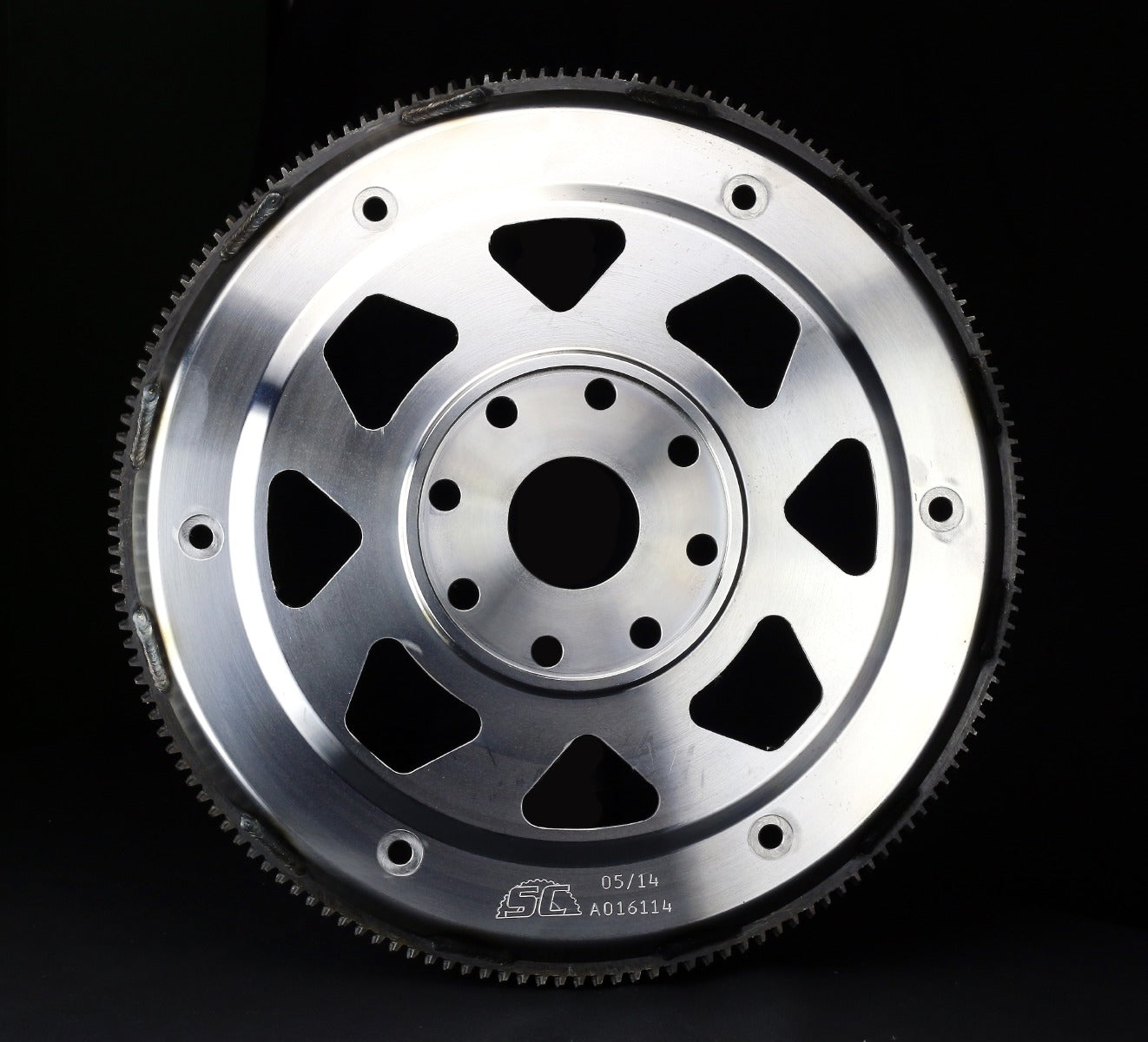KNOWLEDGE IS POWER Steed Manifolds - Gated VS Non-Gated
The twin scroll or split pulse effect is essentially keeping cylinders 1-3 and 4-6 exhaust pulses separate from each other all the way until the gasses actually reach the turbine. The fact that the pairing cylinders (1&6, 2&5 & 3&4) are on opposite ends of the manifold from each other means that at any given time there is always two separate exhaust pulses reaching the turbine at the exact time, almost as if you were driving a single turbo with two separate 3 cylinder engines.
 The current design of the popular Steed Speed 24v T4 manifold with provisions for a wastegate has the wastegate flange centered directly over the turbo flange between cylinders 3&4, allowing gasses to be vented from both the front bank of cylinders and the rear bank of cylinders into the wastegate once it’s open. This also means that even when the gate is closed or if you have a wastegate cap (block off) installed, there is still some crossover happening between the front and rear cylinder banks directly under the gate above the area where the divider stops.
The current design of the popular Steed Speed 24v T4 manifold with provisions for a wastegate has the wastegate flange centered directly over the turbo flange between cylinders 3&4, allowing gasses to be vented from both the front bank of cylinders and the rear bank of cylinders into the wastegate once it’s open. This also means that even when the gate is closed or if you have a wastegate cap (block off) installed, there is still some crossover happening between the front and rear cylinder banks directly under the gate above the area where the divider stops.We had a truck strapped to our chassis dyno that had a Steed T4 24v Gated manifold, with a block off plate on the gate port and a Borg S472/87-.90AR. While the horsepower numbers were right where we wanted them we felt that the torque curve felt weak and the truck felt a bit lazy down on the bottom compared to how it should be. After checking all the usual culprits, we decided to put a theory we’ve always wondered about to the test and swap the manifold to a Steed T4 24v unit that didn’t have the gate flange on it that we had on the shelf. We were blown away by the results, we knew it would make a difference but we didn’t know it made THIS MUCH of a difference!
After changing ONLY the manifold, we saw a gain of 103ft/lbs and 12hp peak. While that’s a considerable gain the true benefits of switching back to the non-gated manifold on this truck shined with the way the truck responded and the left side of the power curve showed it. At 2100rpm the non-gated manifold showed a 500ft/lb and 200hp gain over the gated & capped manifold and at no point in the sweep did the gated manifold outperform its capped gate flange counterpart.
Before you go rip your gated manifold off and swap it out for a non-gated one, all trucks are not created equal and the gated manifold as well as the wastegate does have it’s place, this just goes to show you that your hard parts selection is a very vital aspect of your build where MOAR is not always MORE. Some setup’s need wastegates for the survival of the turbocharger or in some cases the survival of the engine! However, in this particular case, the truck didn’t need one and benefitted from removing the wastegate flange and being able to fully utilize the twin scroll effect of a non-gated manifold.

We were very happy to bring these results to the attention of both Steed Speed as well as TurboSmart USA and it seems they were as excited to see the results as we were to provide them. Armed with the knowledge and real world results, collectively we’ve come up with a series of solutions that we will be doing extensive testing with to provide you with the best manifold and waste gate setup possible.

45mm TurboSmart Hyper-Gate shown with the T4 24V Gated Steed Manifold

From this angle you can see how the gate port is fed from each side of the manifold.


This is the actual manifold tested, shown with the gate cap that was used.

This is identical to the manifold we swapped onto the truck, as you can see the air flow has a direct path into the turbine with no interference or crossover between the front and rear cylinder banks.



Shown here is the fact that the depth of the divider from the lip of the gate flange is .82”, the gate cap itself is .296”
overall thickness with the shouldered part being .232”, therefore making .064” protrude down into the gate flange. This makes it .756” or 3/4” of space between the divider and the bottom face of the gate cap when it’s installed.
That 3/4” of space allowing exhaust energy to pass between the front and rear banks of cylinders is what’s responsible for the massive difference between the two power curves. It essentially replicates the effect of an open turbine housing vs divided.

2008 Dodge Ram 6.7 Cummins S472/87-.90AR Turbocharger, 100% Bosch Motorsports Injectors, Single 10 mm CP3, EFILive ECM Tuning

Dynojet 224XLC @ 65% load max and same load profile used for all runs. Three were runs made of each setup with the ones displayed having the highest numbers.








Leave a comment